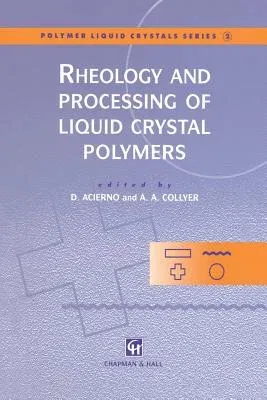Rheology and Processing of Liquid Crystal Polymers (Softcover Reprint of the Original 1st 1996)Paperback - Softcover Reprint of the Original 1st 1996, 2 August 2012

Qty
1
Turbo
Ships in 2 - 3 days
In Stock
Free Delivery
Cash on Delivery
15 Days
Free Returns
Secure Checkout
Part of Series
Polymer Liquid Crystals
Print Length
318 pages
Language
English
Publisher
Springer
Date Published
2 Aug 2012
ISBN-10
9401071764
ISBN-13
9789401071765
Description
Product Details
Book Edition:
Softcover Reprint of the Original 1st 1996
Book Format:
Paperback
Country of Origin:
NL
Date Published:
2 August 2012
Dimensions:
23.39 x
15.6 x
1.78 cm
ISBN-10:
9401071764
ISBN-13:
9789401071765
Language:
English
Location:
Dordrecht
Pages:
318
Publisher:
Series:
Weight:
471.74 gm

